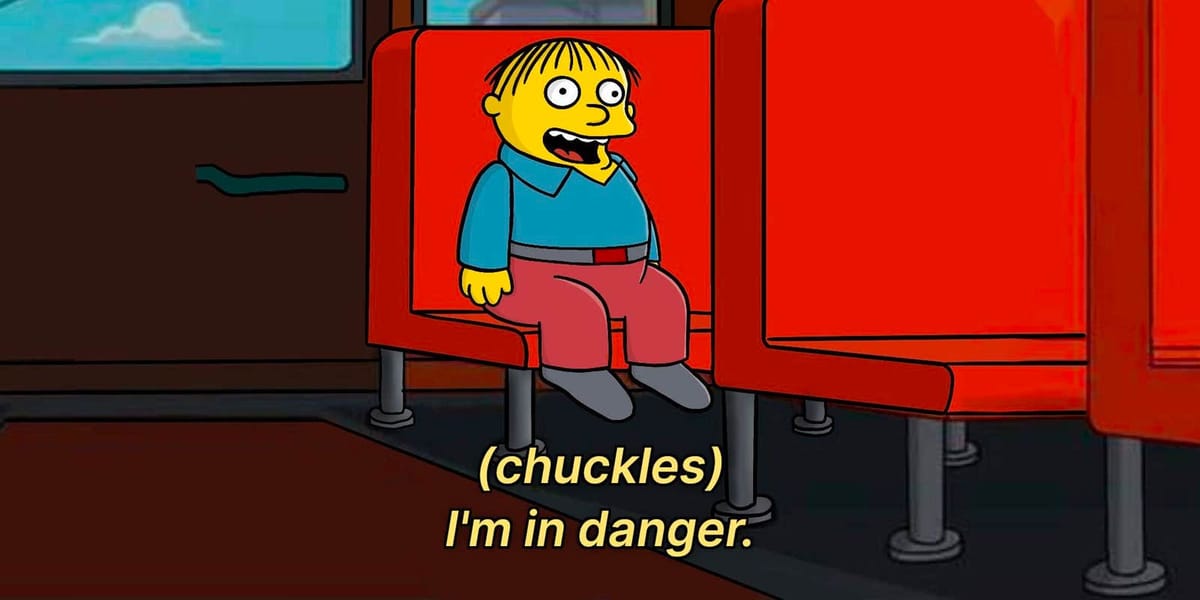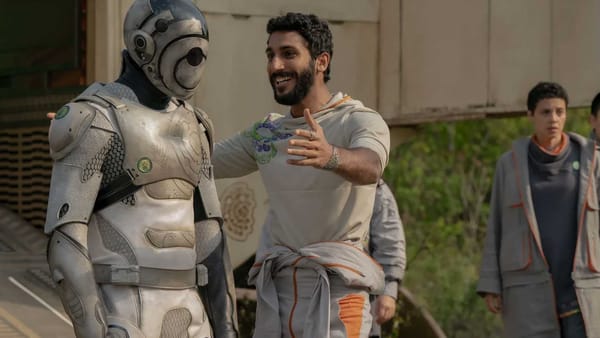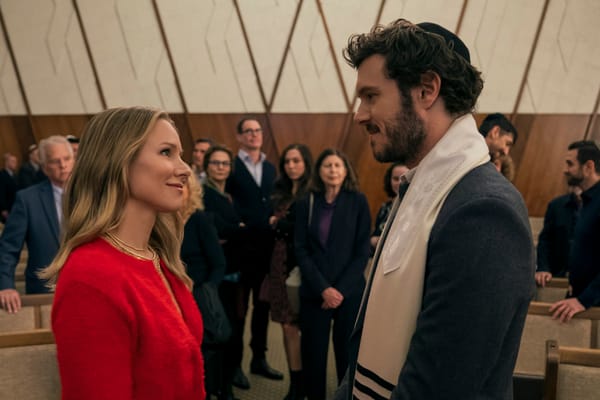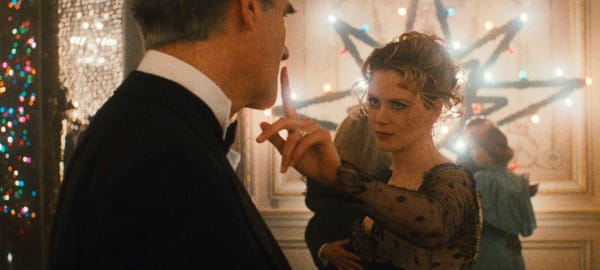🕴️🌎 Inneresting #250 - Everybody Is Out To Get You
It's not paranoia when they really are all out to get you.

Feeling alone in a crowd of people. Never feeling safe around strangers. Questioning everything you've ever seen to be true. When every person you see could be after you, what's a protagonist to do?
Sometimes they're lucky, and have an ally who helps them to see the threat clearly. For example, in The Matrix Morpheus takes Neo through the Agent Training Simulation to show what they're up against:
"If you are not one of us, you are one of them." –Morpheus
It's a scene meant to disorient not only Neo, but the audience. The sea of people dressed in black and white, many of them twins or triplets cast to give an almost subliminal sense of a program copying and pasting bodies to fill in a crowd. A single moment of distraction, and a random member of that crowd turns into a deadly killer.
Even with the anxiety and mystery, there's a clarity in a story like this: There is a "them" who could be anyone, anywhere, and they are after you/us. And everything in this scene is tailored to the idea of investing the audience not only in the details of the story, but the sense of fear.
In a knowing wink to this scene, John Wick: Chapter 2 creates a moment with a slightly different impact:
I promise this newsletter isn't just about Keanu, unless that's something you want in the future?
The moment where everyone around them freezes gives a very real sense of both how many people are going to go after John, and the amount of control Winston holds in that moment. As John runs from the scene, his glances at every person he sees builds that fear and uncertainty for the viewer as well. The audience asks themselves, "Is that another assassin after John Wick, or maybe just a person wondering why a guy wore a suit to go jogging?"
In something like The Matrix, the unreality of the moment is explained by highlighting that the world itself is a construct. It creates a quickly understood reason for the audience to suspend their disbelief. But here it's happening in the real world, right?
Jason Morehead lays out the worldbuilding in John Wick to try and explain what kind of society could have a secretive criminal cabal with global control, and how that gets reflected in the series. These differences between Wick's world and our own start adding up, which helps keep the focus on the constant danger.
But not every story where a protagonist realizes how deep the rabbit hole goes involves a lot of kung-fu and gun kata. Sometimes all it takes is car keys and a teacup:
Chris was suspicious, but not suspicious enough to realize his girlfriend was a willing participant in her parents' plans. Get Out hones in on something that makes stories like these feel connected to lived experience and perceptions.
David Dennis, Jr. goes deep on how the reveal of Rose’s active part in her parents’ scheme made him question the blind spots he has in real life that would allow him to fully trust that character for so much of the film. Tolulope Edionwe shares the experience of watching Get Out in two separate theater screenings (one audience predominantly white, the other predominantly black), and how this created two separate experiences of the film. And Damon Young drills down to specifics by listing the things he will never trust again after seeing the film.
Connecting the fear of the protagonist to the fears of the potential audience creates a powerful bond. In a heightened environment like an action or science fiction story, what are those relatable human fears that can also be heightened? What does it mean for a character to lose their trust in other people, institutions, or even the laws of physics? A character can out run or out gun an adversary, but is it possible for them to overcome their loss of trust in the world around them?
👋 Are you new here?
Inneresting is a weekly newsletter about writing and things that are interesting to writers. Subscribe now to get more Inneresting things sent to your inbox.
Previously on Inneresting…
In case you missed it, last issue’s most clicked link, Brandon Keim highlights the current scientific understanding of which animals understand death (and how we understand that they understand).
What else is inneresting?
- This week the Quote-Unquote Blog dropped a new post about Spider-Man and the idea of The Diorama Scene.
- Parker J. Palmer on the possibility of transformative suffering, and the difference between a broken heart and one that has been broken open to feel more deeply.
- There are 2 billion people in the world that see eating pigs as taboo. Andrew Lawler presents some possible origins of pork prohibition.
And that’s what’s inneresting this week!
Inneresting is edited by Chris Csont, with contributions from readers like you and the entire Quote-Unquote team.
Are you enjoying this newsletter?
📧 Forward it to a friend and suggest they check it out.
🔗 Share a link to this post on social media.
🗣 Have ideas for future topics (or just want to say hello)? Reach out to Chris via email at inneresting@johnaugust.com, Bluesky @ccsont.bsky.social, or Mastodon @ccsont@mastodon.art.




